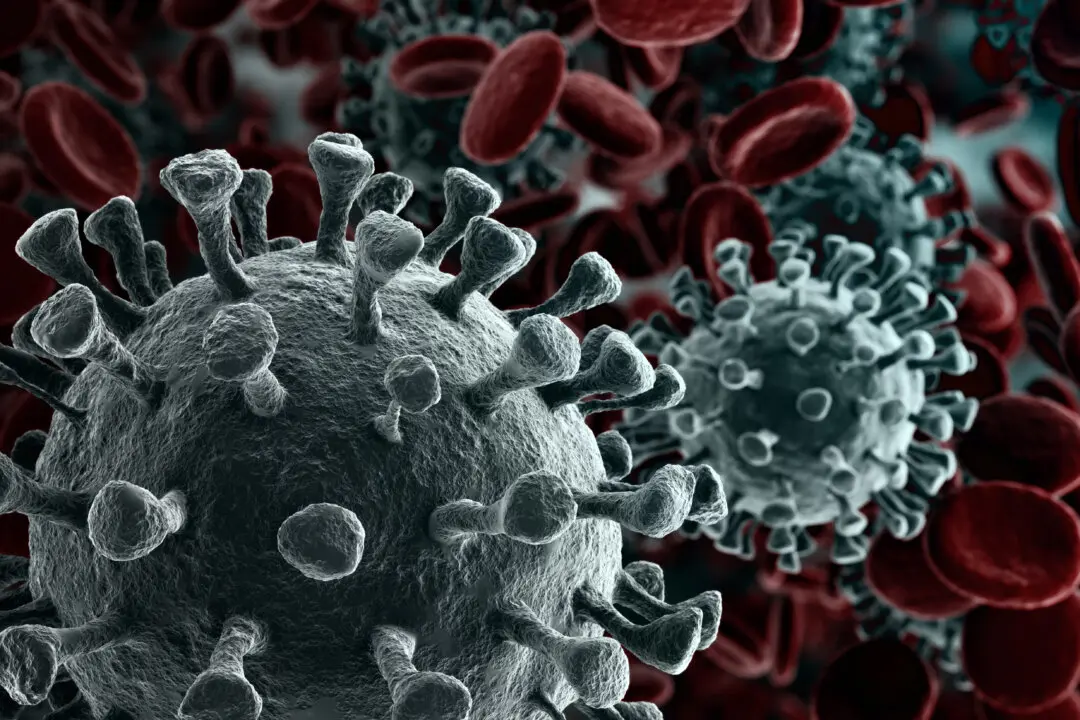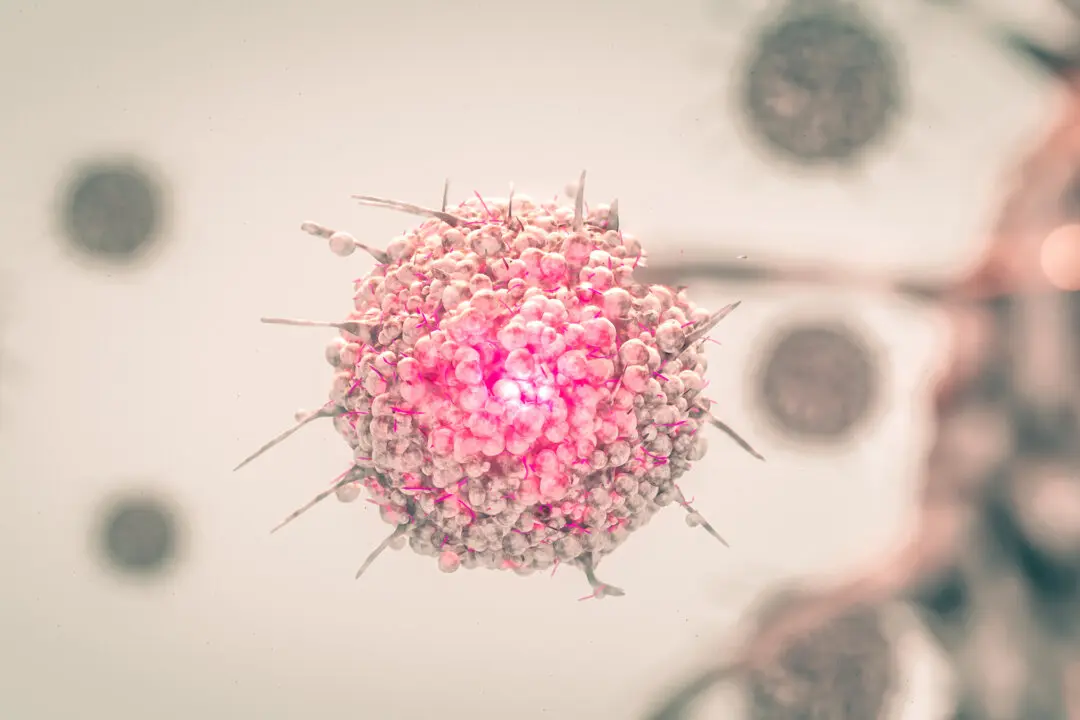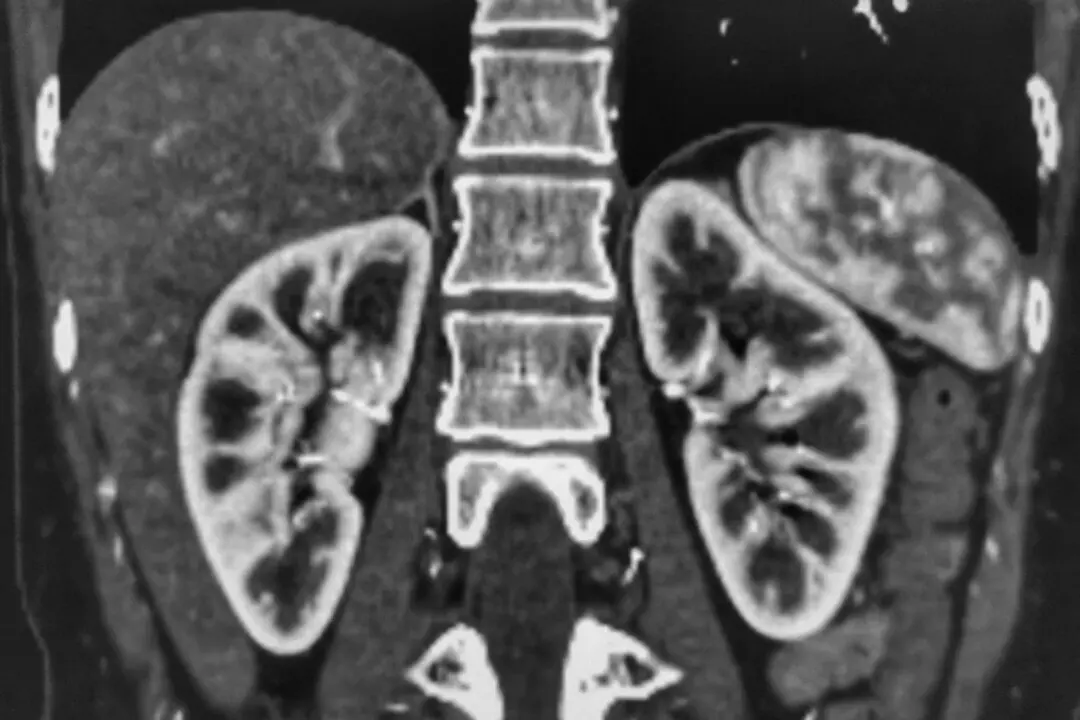Vital Statistics–Hidden Data
Since the beginning of COVID, vital statistics as reported by governments around the world, are hard to come by. Spotty availability hinders analysis and understanding.Nineteen European Countries
By August 2022, Raimond Hagemann, Ulf Lorré, and Dr. Hans-Joachim Kremer had compiled data on birth rate changes in 19 European countries and produced an extremely important paper. [5] In country after country, the inflection point of reduced births is consistent at the end of the year 2021.This was nine months after the spring zeitgeist to take the COVID vaccines. Germany, Austria, Switzerland, France, Belgium, the Netherlands, Denmark, Estonia, Finland, Latvia, Lithuania, Sweden, Portugal, Spain, Czech Republic, Hungary, Poland, Romania, and Slovenia, as well as Iceland, Northern Ireland, Montenegro, Serbia—all show this pattern. Nine months after peak vaccine uptake—the births decline.
From R Hagemann, U Lorré, et al. Danish data (p 31):

The corresponding graph for each of the 19 countries has a similar pattern: peak uptake of COVID vaccines in spring of 2021, followed by precipitous birthrate declines beginning nine months later.
All of the nineteen countries studied saw accelerating declines in births in 2022, beginning at nine months after peak COVID vaccine uptake. Note the small p values in the following table, favoring temporal association of the two events. This, in turn, supports the Bradford Hill temporality criterion regarding causation of infertility, rather than a highly coincidental correlation between peak vaccination in spring of 2021 and sharply declining birth rates nine months later.

Sweden
Data analyst Gato Malo has noted, as have others, that too many countries are locking their vital statistics data away from public view, which pre-empts any valid analysis. Occasional glimpses are available.Looking at Sweden, he found that if he overlaid month-to-month change in births, that the strong dip in births beginning in November—December 2021, lines up very tightly with the percentage of people who were unvaccinated 9 months earlier. [6] This was consistent with the R Hagemann, U Lorré, et al. findings. And births in Sweden have not yet shown signs of recovery from this decline.

UK
At a similar time as in the above countries, we see births decline in the UK. After December 2021, the number of women giving birth is no longer in the forty thousands, but now crosses down into the thirty thousands, and stays there. [7] See the column “Women giving birth.”From the UK Health Security Agency (p 18):

Comparing year-over-year decline, we might write this mean decline from the first two quarters of 2021 to the first two quarters of 2022, where b is births, as (Σ b1, 2021…b6, 2021) - (Σ b1, 2022…b6, 2022) = 256,785 – 227,302 = 29,483. This is a deficit of 4,913 births per month in the UK. Similarly to Sweden, the inflection point of decline is at a 9–11 month point following the months of peak vaccine uptake in the UK. [8]
From Johns Hopkins University, Our World In Data, peak vaccine uptake in the UK was in the first quarter of 2021:

Switzerland
Switzerland saw its largest drop in birth rates in 150 years, more than in each of the two World Wars, the Great Depression, and even the introduction of widely used oral contraceptives. [9]Why Is This Happening?
Naomi Wolf explored menstrual irregularities reported following COVID vaccination, and even following contact with COVID-vaccinated people. As the first to discuss these problems publicly, and to gather data online from women who were experiencing these menstrual changes, she was criticized and censored on social media.Her Daily Clout organization led a team of over 3,000 researchers, including Pierre Kory M.D., to dissect the documents released by Pfizer/FDA [U.S. Food and Drug Administration] under court order regarding clinical outcomes of the 44,000-person clinical trial of the Pfizer COVID vaccines. The Daily Clout team summarized their findings in their book on Kindle: “Pfizer Documents Analysis Reports.” [10]
They report Pfizer’s findings of overwhelming injuries in their experimental group. Of the 22,000 individuals who had received the Pfizer vaccine, “Johns Hopkins University, Our World In Data.” [11]
The Daily Clout team explores in their book topics related to the COVID vaccines’ impacts on male and female fertility. As their team traced the data reported by Pfizer, it was found that 270 of the pregnant women in the Pfizer trial reported a vaccine injury. “ ... but Pfizer only followed 32 of them and 28 of their babies died. This is a shocking 87.5% fetal death rate.” [12]
Pfizer logged over 158,000 separate adverse events during that clinical trial, under 1290 different types of adverse events, an enormous compendium of human suffering, as partially imaged below from the first part of the letter A. [13]
From Pfizer Worldwide Safety (p 30):

Wolf’s team notes that “If Pfizer had a TV commercial for its COVID vaccine listing the 158,893 adverse events reported in the first 12 weeks, the announcer would be reading them for more than 80 consecutive hours.” [14]
No Liquid Will ‘Just Stay in the Shoulder/Arm.’
We have known, and Pfizer has confessed to, the transmission of spike proteins from one person to another by skin contact and exhalation. I cite and discuss that in the context of one adult to another in a community setting. [16]Adverse effects on vaccinated breastfeeding mothers and their babies included a range of vomiting, fever, rash, partial paralysis, blue-green discolored breast milk, and other side effects.
Not surprisingly, the injected vaccine liquid passes from mother to nursing infant as well, in accordance with long-established physics principles of dispersal and diffusion of liquid introduced into a semi-solid (55–60 percent water) body, as well as centuries of basic, undisputed physiology and circulation of blood and lymph: Liquids introduced into the body diffuse throughout the body, as always.
It has also been known of lipid nanoparticle (LNP) delivery of medication—since its first development—that it, of course, enters the circulation. Those who alleged—and those who believed—that a liquid injection would “stay in the arm” had not even a junior high school student’s grasp of basic biology or physics.
But Pfizer knew. It advised male participants in the trial to avoid sexual contact with women of childbearing age or to use condoms.
Here is an overview of the impact of LNP-delivered substances on human male and female reproductive organs. [17]

Male Infertility and the COVID Vaccines
mRNA vaccine ingredients are observed to disperse throughout the body, collecting in the testes, among other organs. [18] An adverse event of note in Pfizer’s list of 1290 such events post-vaccination is “anti-sperm antibodies.”From Pfizer Worldwide Safety:

An Israeli study later confirmed damage to sperm, both in total numbers and motility, from the Pfizer vaccine. [19]

The word “temporarily” in the title is misleading because the researchers assumed sperm would recover after their three-month study period, although they ended their observation at that time. And they did not show any evidence that sperm did actually recover. So their word “temporarily” is so far unverified.
Pfizer did not test for male reproductive toxicity, [20] nor for the adverse effects that may be transmitted by vaccinated men’s semen on their children’s development.
One might think that male reproductive effects would have been tested for in Pfizer’s trial on rats. However, only the female rats were vaccinated; the male ones were not. [21] When Pfizer pronounced the male rats’ reproductive organs free of toxicity, they neglected to emphasize the earlier fine print: male rats had not been vaccinated at all.
But Pfizer did instruct human male study participants to avoid intercourse or to use a condom.
Harm caused by LNPs to male reproductive organs and ability had already been established years earlier. As seen in this 2018 study, such organs were known to be vulnerable to toxic influences from LNPs. [22] Besides lowered sperm counts and motility, researchers have found “folded amorphous spermatozoa, cells lacking or showing a small hook, and cells with undulating or elongated heads were the most frequent abnormalities found.” [23]
Moreover, toxic chemicals, such as phthalates and other endocrine disruptors, [24] were already abundant in the environment prior to the COVID vaccines. These have likely contributed to declining sperm number and quality for a half-century, [25] in which sperm counts have been dropping by about 1 percent per year since 1972. [26]
Female Infertility and the COVID Vaccines
The World Health Organization had long taken an interest in “anti-fertility vaccines” and “fertility regulating vaccines,” as they wrote in 1992. “Chorionic gonadotropin is the one antigen that fulfils criteria for an ideal contraceptive vaccine.” [Emphasis mine.] [28]Fetal death was so rampant among COVID-vaccinated pregnant women observed by the CDC in the V-Safe Surveillance System [29] that I compared the miscarriage rate to the “morning-after pill” in the abortive effect of those pregnancies for which outcomes were reported. [30] That is, between 80 to 90 percent abortive effect. This is comparable to what the Naomi Wolf/Daily Clout team found, 87.5 percent, as referenced above. However, that V-Safe data had been released too early for accurate tally of all pregnancy outcomes, simply because it included women still in their first two trimesters.
This paper examines the cohort of pregnant women in the second half (second 20 weeks) of their pregnancies. [31] However, it seems to be flawed by missing data. [32]
Miscarriages also show a dose-dependent response. The Pfizer vaccine is a 30 mcg dose and the Moderna vaccine is a 100 mcg dose. At an October 2022 CDC expert committee meeting (ACIP), the following data were presented:
12,751 women took the Pfizer vaccine, and 8,365 women took the Moderna vaccine. 422 Pfizer-vaccinated women, that is 3 percent of the Pfizer total, miscarried (lost their pregnancy by 20 weeks gestation), and 395 of the Moderna-vaccinated women, that is 4.7 percent of the Moderna total, miscarried. [33]

So this means that 42 percent more of the Moderna group miscarried than the Pfizer group. This large percentage difference in such large cohorts (in the thousands of participants) supports a dose-response relationship of the COVID mRNA vaccine with miscarriage, worsened with the more potent dosing. This dose response is another of the Bradford Hill criteria to establish cause and effect.
The documents that Pfizer sought to have concealed for 75 years, but instead was forced to release by court order, reveal the 1290 types of adverse events, and 158,000 total adverse events, noted above.
Also revealed in the same documents was that Pfizer excluded 21 groups of people from their trials, including “women who are pregnant or breastfeeding.” [34]
The vaccines had been tested on 44 pregnant rats over 6 weeks, as required by protocols of Developmental and Reproductive Toxicity studies, but they had not been tested on pregnant women. Ill effects were not reported from the rat study. [35]
However, nine of the ten study authors were employed by and held stock in Pfizer or BioNTech companies, as acknowledged in small print at the end of the article. Therefore, a highly-conflicted study of only 44 rats, studied over six weeks, was the sole research basis for the obstetric profession to urge pregnant women to be vaccinated.
Pfizer’s reporting of women in the trials who became pregnant following vaccination found 413 pregnant women, of whom 270 cases were considered to be serious and 146 to be non-serious. The serious cases included “spontaneous abortion (23), outcome pending (5), premature birth with neonatal death, spontaneous abortion with intrauterine death (2 each), spontaneous abortion with neonatal death, and normal outcome (1 each). No outcome was provided for 238 pregnancies.” [36] A problem with the short 12-week trial is that nearly all of these new pregnancies were apparently in early gestation, first trimester, at trial end.
“If you are pregnant, you are more likely to lose your baby in a miscarriage if you receive a COVID-19 vaccine than if you receive measles, mumps, flu, tetanus, or any other vaccine.” [37]
They found from the U.S. government’s Vaccine Adverse Event Reporting System (VAERS) that in VAERS’ 30-year history, through March 2022, a total of 4,693 had experienced miscarriage in all those years. 4,505 of those had received a single vaccine. 3,430 of those miscarriages were in women whose vaccinations included a COVID vaccine. Sixteen of those 3,430 had also received another vaccine near that time. So 3,430 – 16 = 3,414 miscarriages were after the COVID vaccine alone.Compare this number with 4,505 for all single vaccines over the 30-year history of VAERS. Therefore, 3,414 / 4,505 = 76 percent of all miscarriages ever reported to VAERS occurred after the COVID vaccines, during the short time that they have been in use, December 2020 through March 2022.
Since at least 2010, it has been known that nano-particles were hazardous to the ovaries and to fertility generally, and bioaccumulation has been known. [38] [39]
Congenital Malformations
The U.S. Defense Medical Epidemiology Database System (DMED) [41] is the largest database of health statistics of the generally young, healthy, and fit military population. That is until military service members were forced to take the COVID vaccines or to be dishonorably discharged, with loss of benefits. Few if any religious exemptions were permitted.The DMED database reported when comparing 2021 to 2020, a 419 percent increase in female infertility reports, a 320 percent increase in male infertility reports, and an 87 percent increase in congenital malformations. The report shows a mean baseline rate of 10,906 cases per year, 2016 to 2020. Then part of 2021, not even the full year, showed 18,951 such cases. [42] This is a 74 percent increase over the 2016 to 2020 mean.
Prevention is massively easier than cure. Avoiding toxins such as LNPs, especially those that generate spike protein, such as the mRNA vaccines, is a necessary first step. Let’s hope that the coming years show the fertility crisis for both males and females to be reversible, as we learn how that may be accomplished.
◇ References:
[1] Annual Massachusetts Birth Reports. Screenshot taken Jan. 27, 2023. Mass.gov. https://www.mass.gov/lists/annual-massachusetts-birth-reports[11] Ibid, p 10.
[12] Ibid, p 10.
[23] Ibid. Wang.






